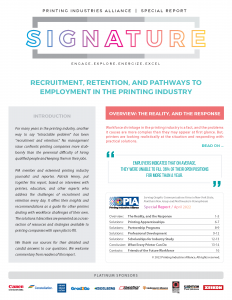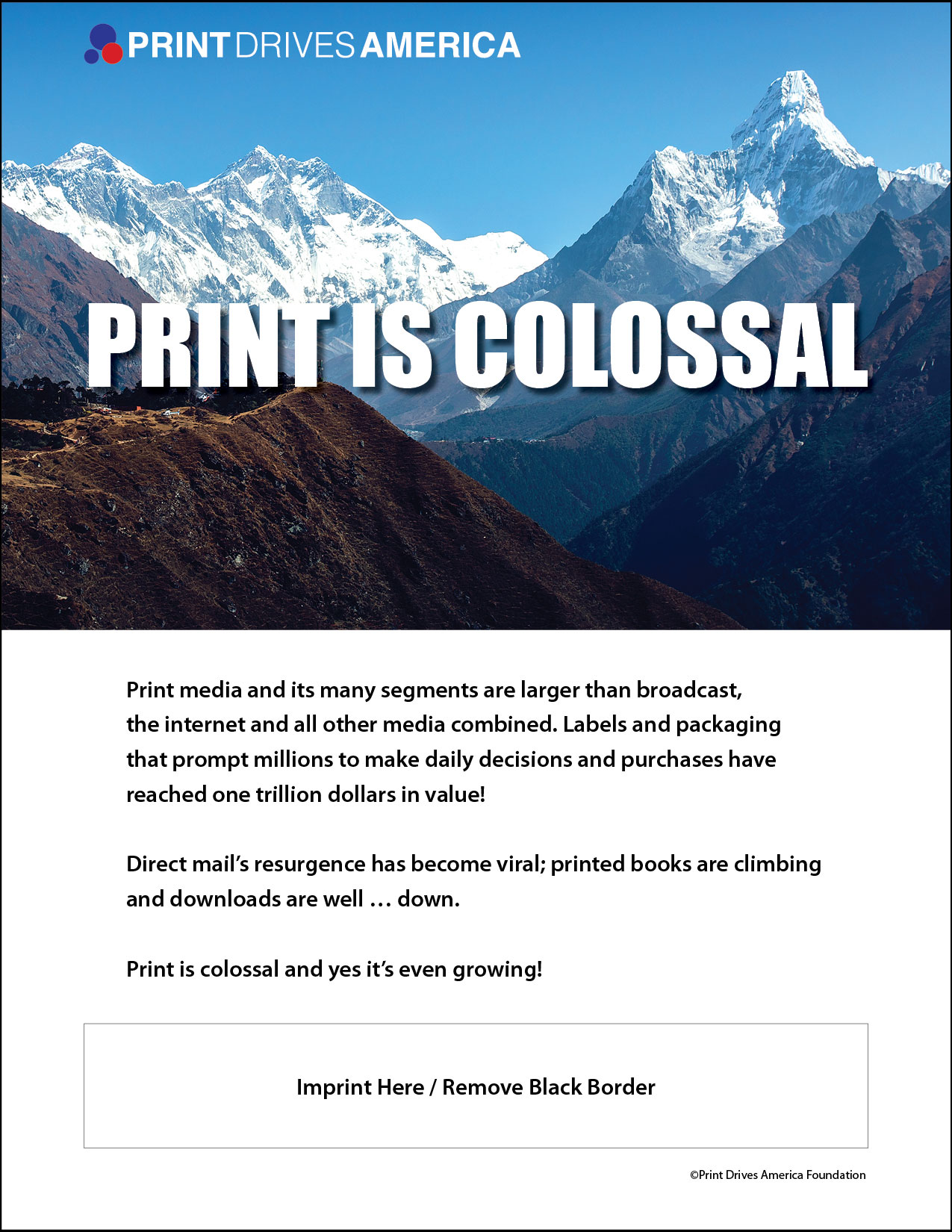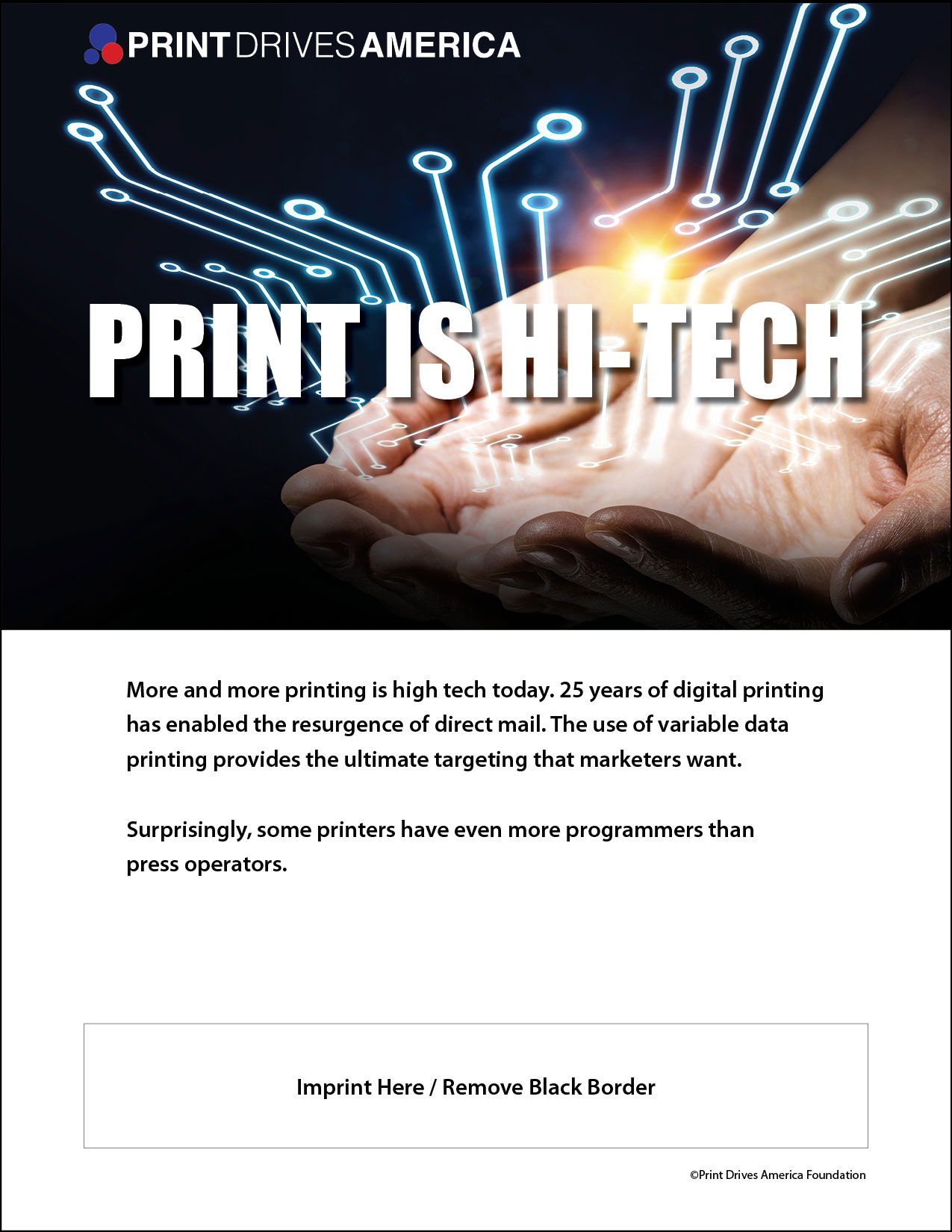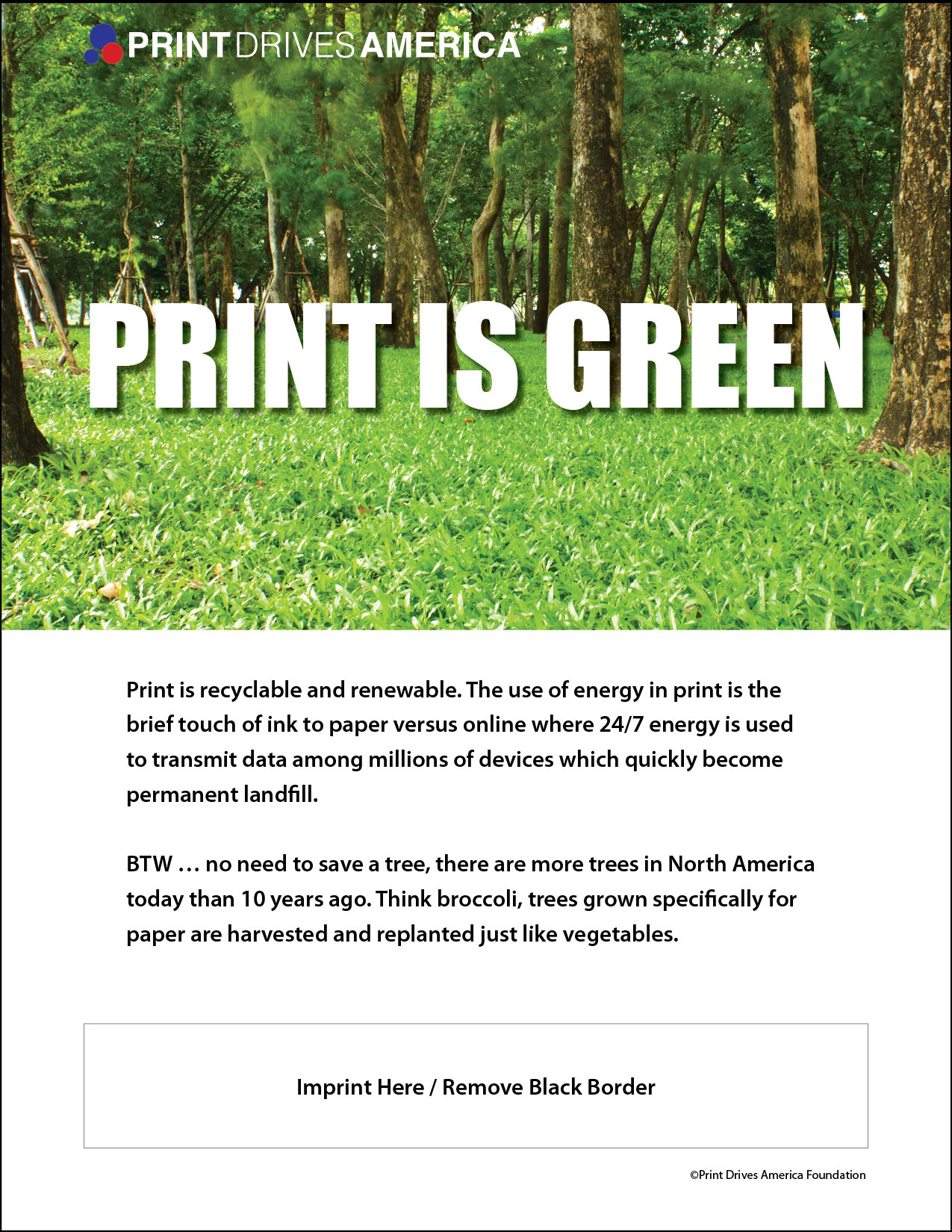By Patrick Henry, Liberty or Death Communications
Solutions: Scholarships for Industry Study – Part 5 of the White Paper: Recruitment, Retention, and Pathways to Employment in the Printing Industry
Solutions: Scholarships for Industry Study
As the costs of professional education continue to rise, financial support for those who wish to train for industry careers becomes more urgent. Organized fundraising by industry groups is helping students to offset some of the expense.
The Print & Graphics Scholarship Foundation (PGSF)
The most comprehensive listing of educational institutions that teach subjects the printing industry needs more people to master is the Directory of Schools compiled by the Print & Graphics Scholarship Foundation (PGSF). For the 2021 – 2022 academic year, PGSF made scholarship grants to students at 100 of the more than 360 schools in the directory, which lists high school graphic studies programs as well as college-level ones. The grants totaled $527,000, the highest amount awarded by PGSF in the past 20 years.
PGSF has been helping to support students in academic print and graphic arts programs since 1953. Jeff White, the foundation’s director of development, says the goal is to award $500,000 in scholarships annually. Of the 500 to 600 applications received each year, about 200 are approved for grants averaging $2,500 each – a figure that White says PGSF wants to increase in keeping with the rising costs of education.
Grants are renewed automatically as long as recipients maintain at least a 3.0 grade-point average. To qualify for them, students must be enrolled in accredited graphic arts studies programs offered by any of the institutions listed in the Directory of Schools.
Must Be Print-Centric
An accredited program, White explains, can address any printing process as long as “imaging on a substrate” is its focus. This excludes applications for grants in non-print areas of study such as pure graphic design or web architecture. “That’s not what the scholarship fund is for,” he says.
White adds that PGSF, recognizing that the costs of providing education in print and graphics “have gone through the roof,” now makes grants directly to schools in need of support. These funds have been used to purchase presses and other equipment on which students can be trained.
PGSF’s support isn’t limited to mainstream educational institutions. Its non-academic beneficiaries include The Mariano Rivera Foundation and the Women’s Press Collective, both of which provide vocational training in graphic arts to populations that typically do not have access to it. PGSF also offers “part-time scholarships” for people who are working and studying simultaneously.
The deadline to apply for PGSF scholarships in the 2022 – 2023 academic year is May 1, and the foundation is eager to disburse the money. “If we can find more qualified students, we can find the money to give to them,” White declares.
The Graphic Communications Scholarship, Award and Career Advancement Foundation (GCSF)
Based in New York City, the Graphic Communications Scholarship, Award and Career Advancement Foundation (GCSF) claims to be the largest regional scholarship foundation in the country. It certainly ranks among the most generous. Since making its first grant in 2002, the group has awarded 450 scholarships worth more than $1 million to high school and college students preparing for careers in all phases of graphic communications.
The grants come from an inventory of separately endowed scholarships that GCSF, a 501(c)(3) organization, coordinates and helps to raise money for. Students, who earn the awards by submitting portfolios, letters of recommendation, and supporting essays, may continue to apply for and receive them until they graduate.
No Salaries or Overhead
Voluntarism in its purest form remains the cornerstone of everything that GCSF does. Its officers, who are uncompensated, work without professional staff or dedicated office space. This means that the program has virtually no overhead expenses – all of the money collected passes through to the students as stipends.
It has been done this way from the first time GCSF’s founding members sat down in a borrowed conference room to discuss how to revive a small number of print industry scholarship funds that were not being actively managed. Other scholarship endowments have come under GCSF’s custodianship since then, but the group’s insistence on channeling 100% of their proceeds to students has not changed.
Over the years, the GCSF scholarship program has become a focal point for educational giving by graphics industry trade groups in the New York City metro area. GCSF sustains the financial assistance it provides by drawing upon a network of individual donors, trade associations, and corporate sponsors.
Besides fundraising, GCSF also operates a mentoring program that pairs metro area students with seasoned members of the industry for enhanced, hands-on learning experiences in real-world business settings.
In this way, students gain both the practical knowledge and the personal confidence they will need for success in their chosen fields. GCSF also arranges internships and solicits contributions of training aids and educational materials for use in graphic studies programs.
Diane Romano, who chairs GCSF’s board of directors, says the foundation’s mission is now evolving in the direction of serving as a hub of support for other efforts being made on behalf of graphics education in the metro area.
To keep reading, download the Recruitment, Retention and Pathways to Employment in the Printing Industry White Paper.
Contact me at tim@printcommunications.org or (716) 691-3211 with any questions.
Tim Freeman, President
Print & Graphic Communications Association





